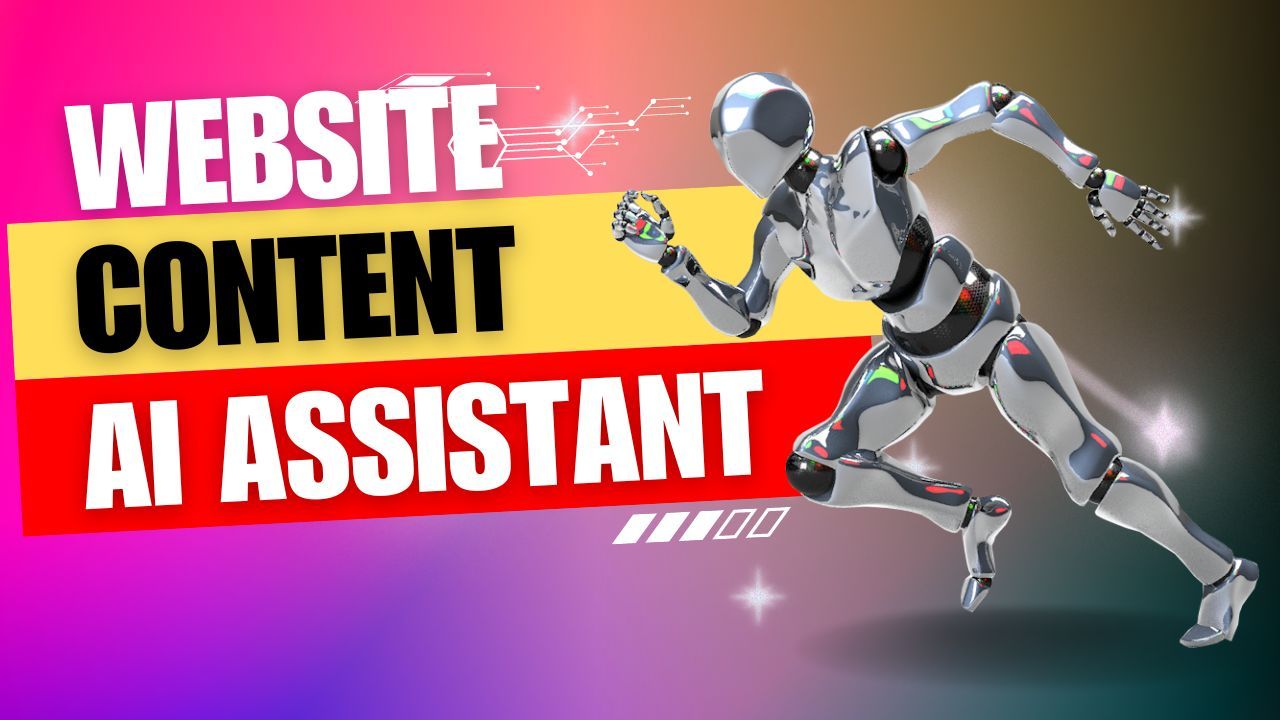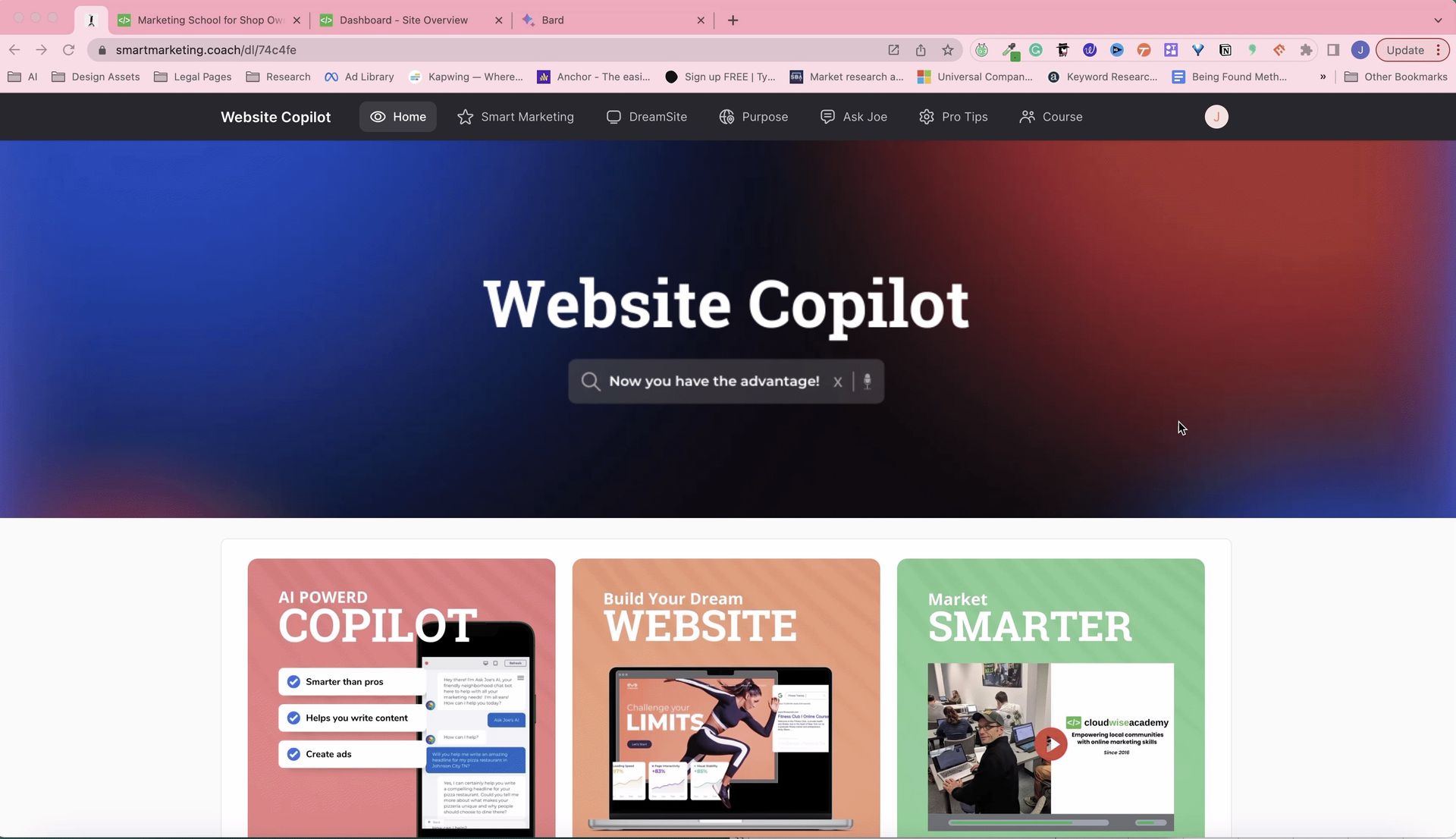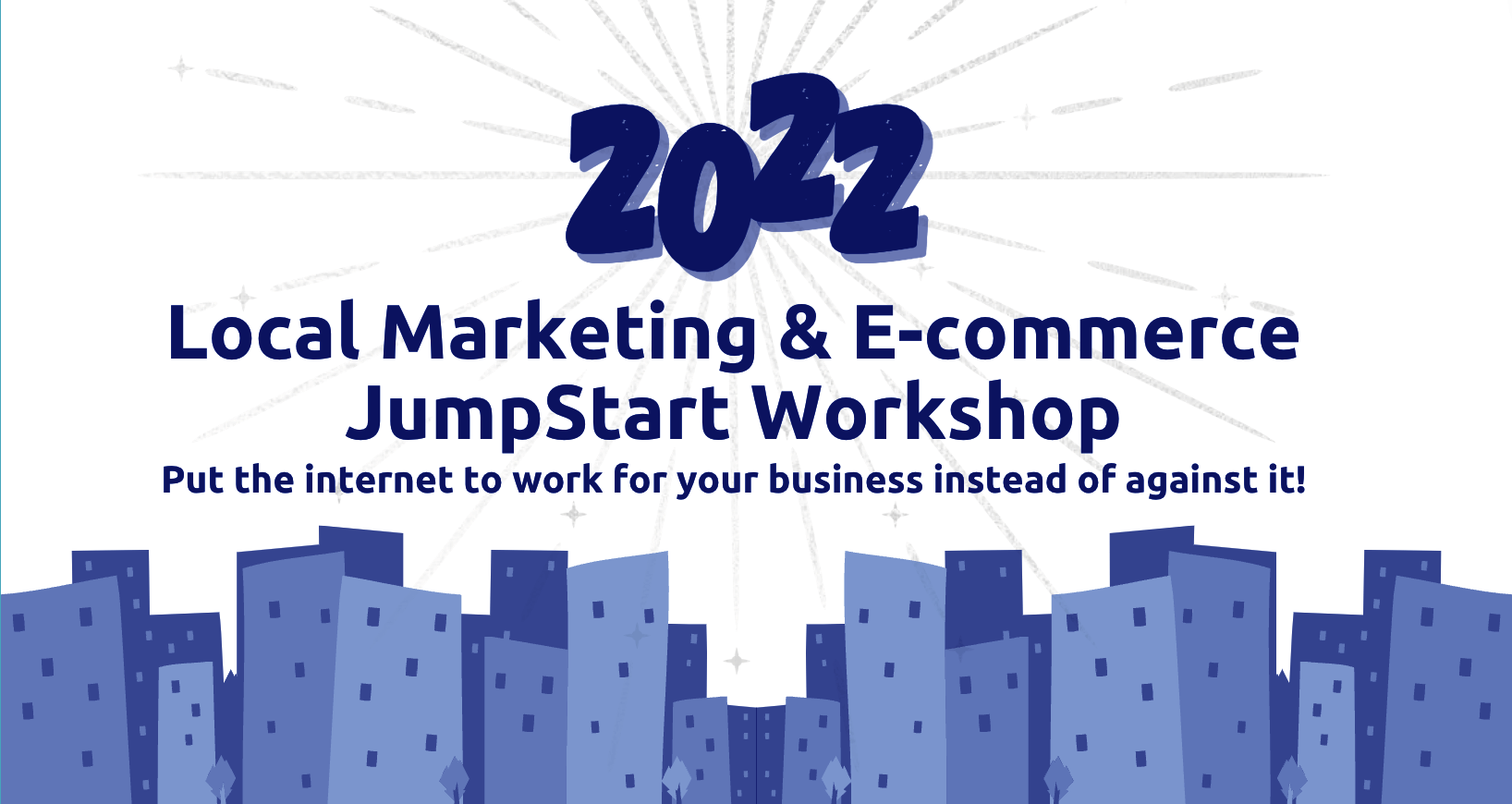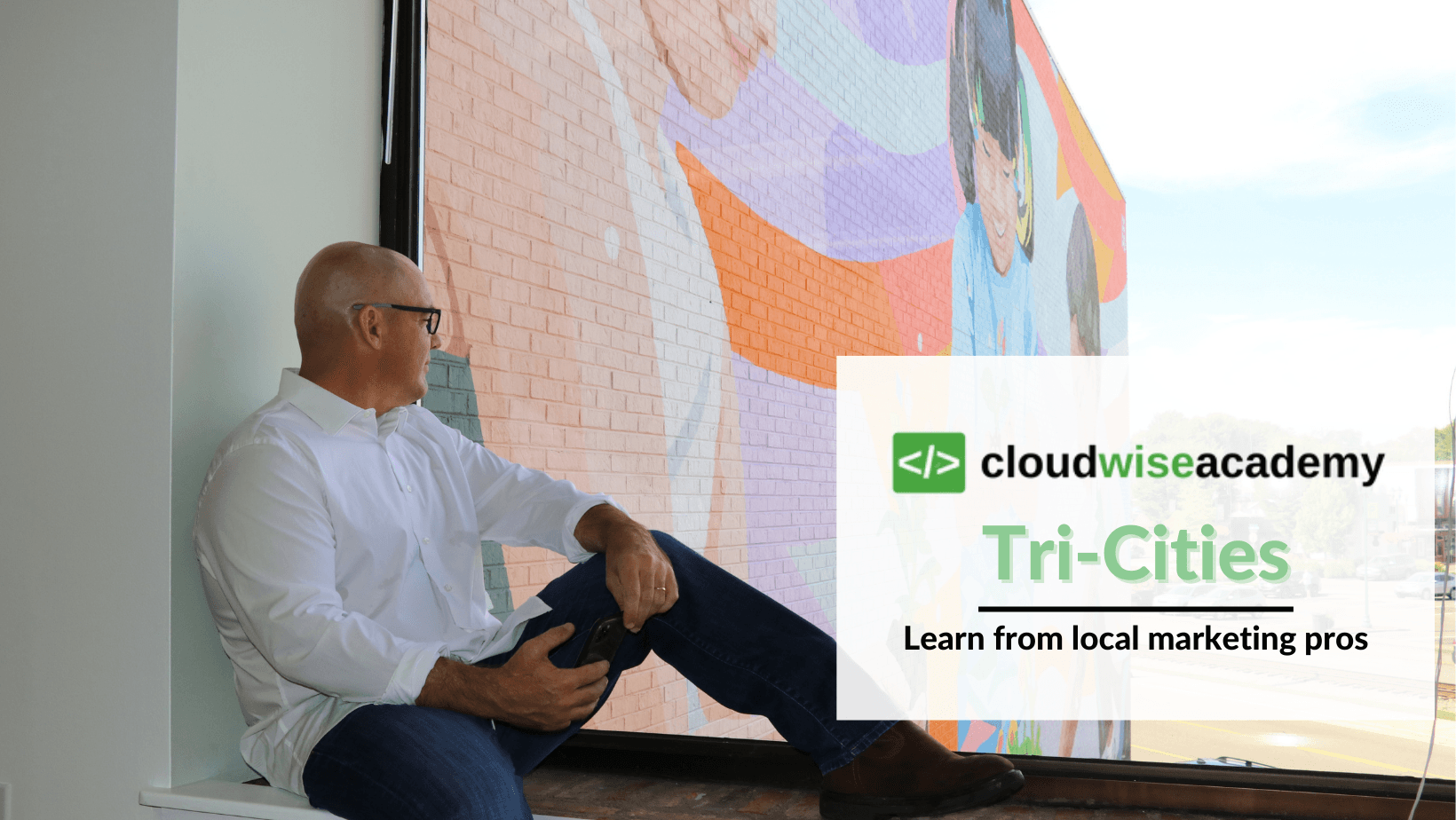You’re listening to the Being Found show. We are the local business guide to being found by more buying customers. We want to update our listeners in Shasta County about Project Hometown and also discuss the A.B.C’s for business success.
Joe: I want to update our listeners about Project Hometown. The mission of this project is to get all the businesses in Shasta County selling their products or services online the way people want to buy. That means that they’re going to have e-commerce stores set up or they’re going to have service pages set up the way customers expect to see their stuff.
One business cannot compete with Amazon, but an entire town sure could make a difference, and it would help those who want to buy local, we could keep revenue here in our community and also draw in from outside.
For instance, we all know that we want to see if something’s in stock. There’s a lot of times I buy something on Amazon just because I could find it and I knew it in stock. If I were to look online and found out that a local store down the street had what I want in stock, I might go pick it up. Think to yourself how many of us businesses strive to make sure our inventory is accessible for our customers to see. If I take the time to run into a local shop, I want to make sure that they have got the product in stock.
As a business owner, I want people to come in and buy my merchandise, and I want them to know the products are in stock. Amazon thinks this way every day. And that’s why people are buying from them.
I think 53 percent of millennials say they’ve ordered stuff on it online from their bed. Now they don’t even get out of bed to order stuff right. So that’s what Project Hometown is. It’s a Community Project to get your local business selling their products and services online to people where people want to buy.
Chauncey: 53% percent don’t even get out of bed to shop online. Right. So think about it. I mean this trend is the wave has the tipping point. You know this is not an option anymore for local businesses to ignore the e-commerce economy.
Joe: The first step to selling online is to be where your customers are and use the tools available, such as Google Adwords and other essential e-commerce tools.
Redding Chamber of Commerce, Shasta EDC, Smart Center, Nortec, Cloud Wise Academy, Brigetta, Ad Force Local, Optimize World Wide and other local companies all decided to set up a way to help businesses get their products online, and also help the local youth learn the skills needed to get local businesses online. We are working with local High Schools to make sure the kids who want to be involved in Project Hometown have the chance.
All of those organizations have agreed to work within the Project Hometown guidelines, as a committee, we decided that it is imperative to make it inexpensive and simple for businesses that decide to take the first step to making their products and services available online.
We’re discussing either 500 or 750 bucks to get a business to the first step. We’ll get your business online the way it’s supposed to be where there’s an e-commerce store or service pages. Your business will have a partner tech company doing this for you. By the way, it would normally cost thousands of dollars to do this.
Part of the proceeds will go to your businesses Project Hometown partner, and these companies are doing it for next to nothing. But the other half of the money goes to students. We’re training high school students to do these things to understand this kind of work and learn these skills. They will gain real-world experience by working with our local companies and building their websites and e-commerce sites.
To sum this up, a portion of the fee goes to the business that will be mentoring that high school student and a portion goes to a high school student. Ultimately our community and the local companies win because Project Hometown’s goal is to get you online the way your customers want to buy.
We’re going to launch Project Hometown soon so we can start working on these projects for local businesses. There are around 17,000 registered businesses in Shasta County. The goal is to get all 17,000 online the way their customers want to buy. I looked online, and I can say only about a thousand Shasta County businesses online. That means around 16,000 businesses aren’t online. The 1,000 local business websites I found were not easy to find and were not set up to succeed, and we want to change that.
How is that even possible to have a business that is not online now at this point? Its no longer Grandma’s economy, I kind of feel like I’m screaming into the sky and no one can hear me. I’m looking at a crocodile that swimming fast towards a bunch of swimmers. And since the swimmers don’t see it they’re not panicking, but I am. I’m watching these trends. I see how the millennial generation is shopping and how quickly it’s changing. And even more important to keep in mind is the generation afterward could shop completely different.
Chauncey: Millennials are taking over, and they are shopping the way that they want to buy, and regardless of how you feel about it socially or politically it’s happening. So for those of you scoffing at those darn kids and their skateboards in a gravelly old man voice. It’s happening no matter what. Millenials have money, and you have a business. So if you want their money put aside any grumblings that you have and remember the bottom line is that’s where the money is going to be coming from in the future, and you will need to adjust to the way they buy. I f you want your business to succeed get onboard.
I want to warn business owners; I was recently asked “Why is my business struggling. I spent a million dollars on my website and marketing. I’m not making a million dollars on my e-commerce platform.” I s aid well it might be because you spent a million dollars.
Joe: I don’t want to be too cheesy here in my analogy but if my wife and I say we need a car because we need to take the kids to school and then I show up with a Corvette. Unfortunately, it’s not as simple as “I paid a million for an e-commerce site and I have a Google My Business.” That’s like buying the wrong car and coming home to your wife, trying to justify the massive cost for just a few trips to school and back with the kids. You have to build your site and know where to be so your customers will find you, and there are many options available that do not cost you a million dollars.
You don’t have to do it all, but you do have to follow the A.B.C’s which are listed below. You have got to be available to your customers. If your customers are on YouTube, if YouTube is influencing how they buy, then you should be on YouTube. Yes. If they’re on Facebook and it’s influencing your customer base, then you’ve gotta be there. It is no different than ten years ago if you were not in the Yellow Pages and the local newspaper you were not being found, because that is where customers were looking.
A.B.C’s of Success for small business: e-commerce and local business
A: Available where people want to find you. Where are people looking for me and am I there? Am I on Google My Business? Facebook? Pinterest? You don’t have to be everywhere, just where your customers are.
B: Be found by the right audience. Once you’re available where you need to be, are you doing what it takes to get your products or your services seen?
C: Cultivate or amplify what is working for you. Once you are being found, you start putting money into the things that are working, like Facebook ads if that is what is drawing in the customers. Start looking at what your customers like and dislike about what they found and start making changes around those things.
If this year, small and local businesses focused on the ABC’s, everything would turn around for them. If you’re doing what you need to, putting yourself and your business out there, you may not get blasted with e-mails from prospects but you are moving in the right direction, and over time, you will see results.
Being where your customers are and giving them what they are looking for will ensure your business success. Check out the full show at Being Found Show Episode #43
Listen to the Being Found Show with your favorite podcast app.
iTunes PlayerFM Stitcher







